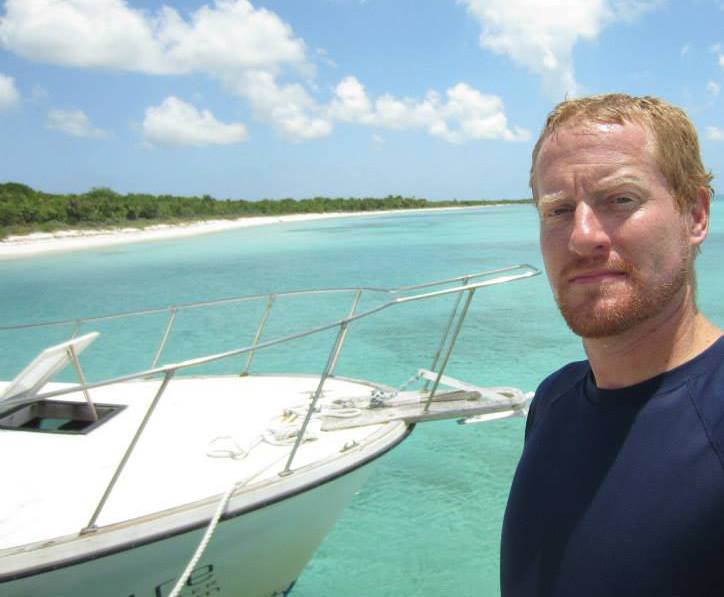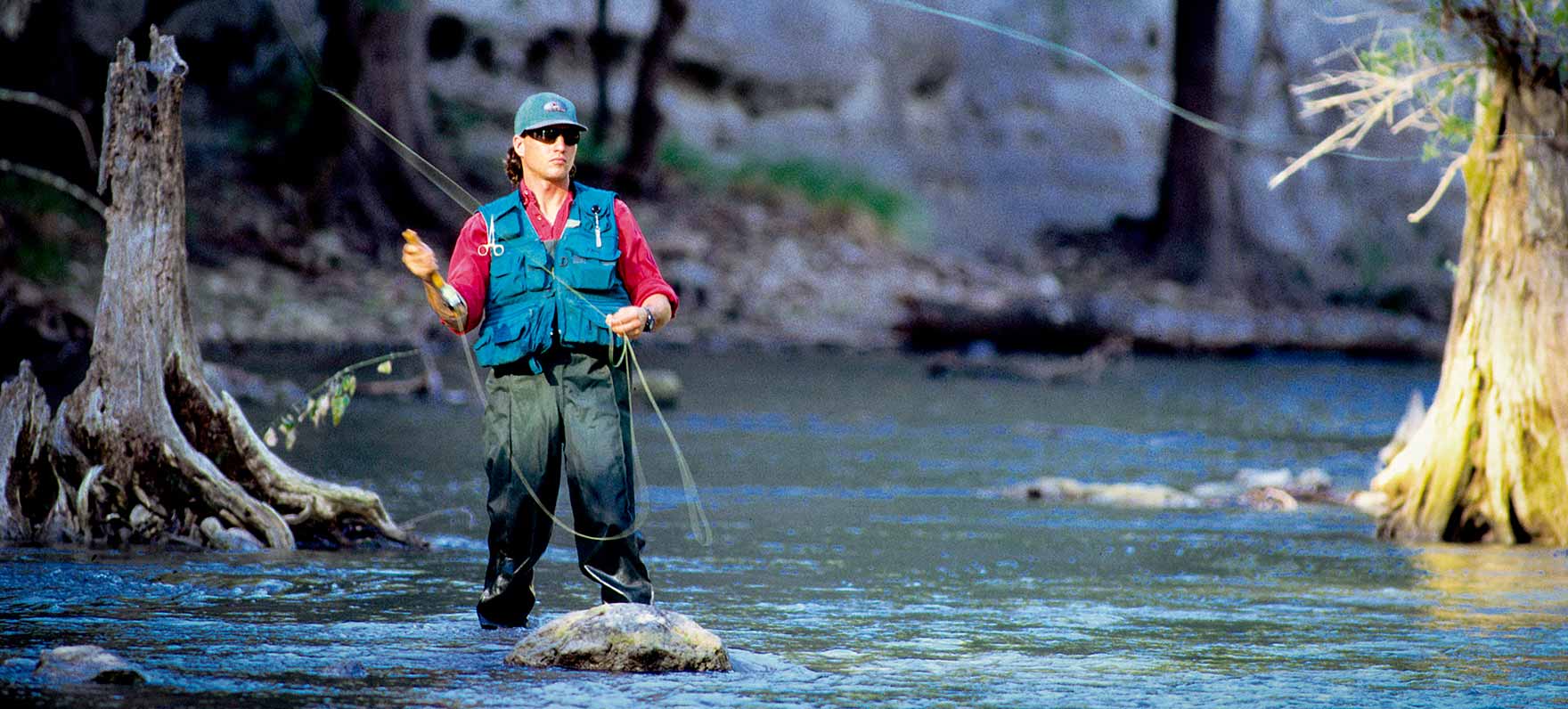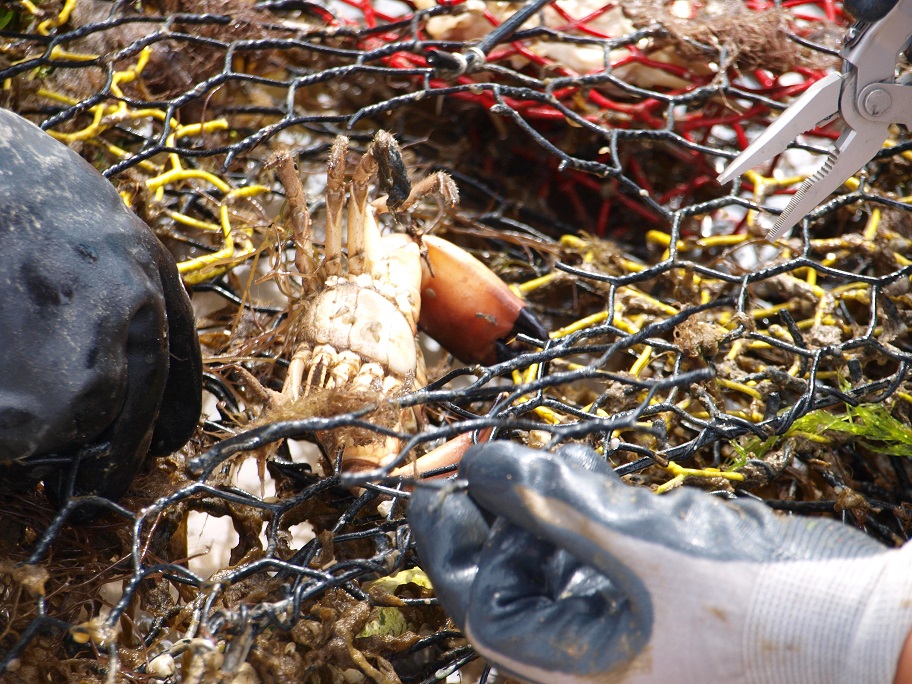Fishing: Saltwater Fishing in 2015
Friday, February 20th, 2015This is Passport to Texas
Variety and quality – that’s what anglers can expect when fishing in Texas bays.
12— Spotted sea trout and red drum on any given cast. Throw on the occasional flounder and black drum…. There’s just tremendous opportunity there for any sort of skill level at any time of the year for that matter.
Art Morris, with coastal fisheries says his favorite is the Upper Laguna Madre.
24— I’ve been fishing it since I was a child, and it’s those trophy sized spotted sea trout that I like to go after. You’ve got clear water, shallow grass flats; you’ve got deep water reefs, and you use top waters and site cast the fish. And, oftentimes, it’s just the perfect setting for sport fishing on the Texas coast – for me, personally.
Each bay system is different and requires different tactics and baits.
25— As you move down the coast, the water tends to get clearer, so we tend to use more variety of stuff on the lower coast as far as artificial lures and bait. On the upper coast the water gets a little more turbid; you get more into live bait fishing, dead bait fishing. Some artificial use up there, but yeah, as you move down and up the coast, each bay is unique and have their own techniques that work best in those particular areas.
Want more? Check out Art Morris’ article on bay fishing in the digital fishing issue at tpwmagazine.com.
The Wildlife and Sport Fish Restoration program supports our series.
For Texas Parks and Wildlife…I’m Cecilia Nasti.







 Passport to Texas is a
Passport to Texas is a  Passport to Texas is made available by:
Passport to Texas is made available by: